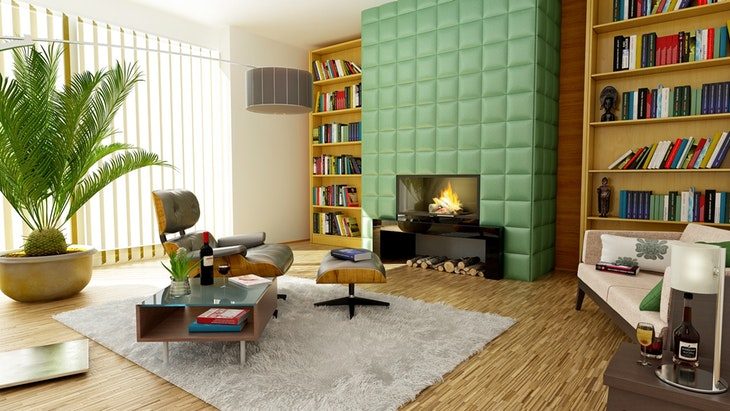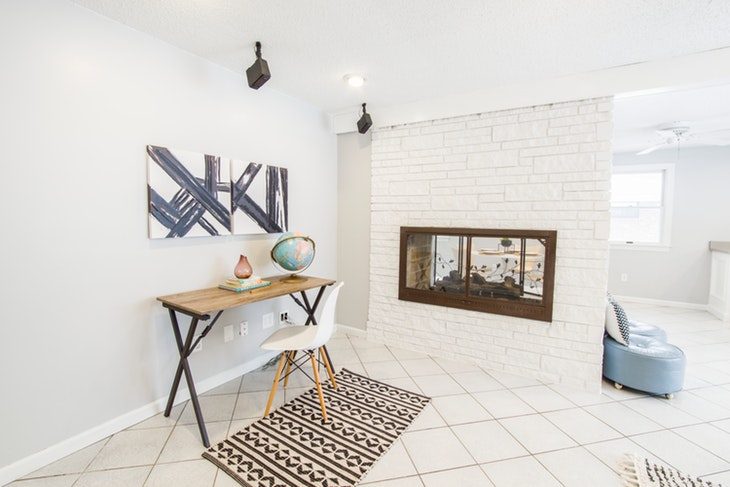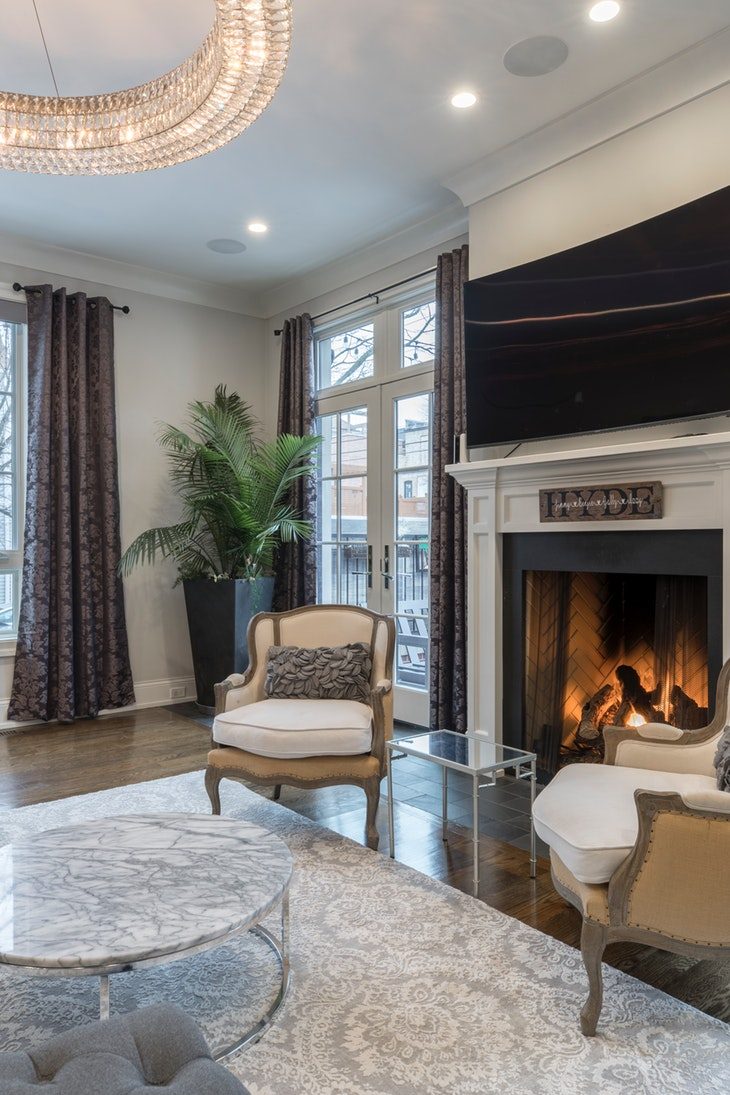
Whether you’re remodeling your home or building one from scratch, you might be thinking about adding a fireplace. A fireplace typically adds value to your home and, in many cases, can aid your indoor heating.
As you begin designing your fireplace addition, you’ll quickly discover just how many fireplace options there are. Which one is right for you?
Only you can answer that question, but you might use this simple guide to help you decide.
Read more after the jump:
Wood Burning Stove
If you’re looking for an excellent heat source, a wood stove is an excellent choice. It’s typically made of cast iron, steel, or soapstone and creates a classic, country-style aesthetic to your home.
Pros:
Reduces your carbon footprint by burning wood rather than fossil fuels for heat.
Heats extremely efficiently, significantly reducing your need for electric or gas heating.
Is much safer than a wood-burning fireplace.
Is an available heat source in case of a power outage.
Cons:
Can be an eyesore if you don’t build a nice surround to make it a focal point.
Requires some cleanup and maintenance.
Pellet Stove
Very similar to a wood-burning stove, a pellet stove burns specially designed pellets rather than wood. The pellets burn extremely well, and you’ll have a great fire burning 24 hours a day.
Pros:
Makes an excellent alternative to fossil fuels because pellets are made from renewable energy sources.
Offers excellent heat, efficiently spreading throughout the room.
Easy to install on any exterior wall.
Simple to use and quick cleanup.
An available heat source in case of a power outage.
Cons:
Pellets come in huge, heavy bags that take up a lot of space and are hard to transport.
While you can find free wood, pellets must be purchased.

Traditional Wood-Burning Fireplace
Nothing beats the warm crackle of an open fire on holidays and cold winter evenings. Even though wood-burning fireplaces don’t give off great heat, they are one of the most homey, appealing additions any homeowner can apply.
Pros:
Beautiful aesthetic, whether you have a traditional open hearth or an enclosed fireplace.
Smell, feel, and hear the fire, creating a sense of home and belonging.
Fed with wood, which is easy and affordable to acquire.
Available heat source in case of a power outage.
Cons:
Expensive to install a chimney and flue if not already installed.
Regular care, cleaning, and maintenance are required.
Higher risk of a fire starting, which also raises insurance costs.
Very inefficient heating when used at the same time as your HVAC system.
Fireplace Inserts
If you have an existing fireplace but don’t love the risks and hassle associated with a traditional open hearth, a fireplace insert can be a great option. It slides right into your existing fireplace and is hooked up to a power source (usually gas or electric) to be operated with a switch.
Pro:
Easy to install and operate.
Much safer than a live-burning option.
Highly energy efficient and effective at heating a room.
Cons:
Can be expensive depending on the custom fit of your fireplace.
Removes some of the charm of a homey open hearth.
Gas Fireplace
Easily one of the most popular options, a gas fireplace is a no-mess, no chimney, and no-hassle gem. Most are thermostat-controlled and require no fuel to feed the flames because the fire burns on gas not wood or pellets.
Pros:
Can be controlled with a thermostat or remote control with no need for kindling or wood.
Fire is created by burning gas, not wood, so there’s no cleanup required.
The heat is captured behind sealed glass that doesn’t get too hot, so it’s much safer.
Highly efficient heat source for your home.
Cons:
Ceramic logs lack some of the charm and appeal of wood.
Can be expensive to install and fuel.
Slightly higher chance of a gas leak in the home.
Electrical Fireplace Stand
One of the most affordable and simple ways to add a fireplace to your home is through an electric fireplace stand. It’s one piece and plugs into a wall outlet to provide heat and ambiance to a room.
Pros:
Affordable and easy to set up with no professional help required.
Operates with a single switch, remote control, and/or thermostat.
No concern about toxic fumes or gas leaks.
Mobile, so it can be moved whenever you want.
Cons:
No heat source when the power is out.
Can look clunky and fake in a room and doesn’t offer the same charm as a traditional fire.
No matter which option you choose, add a beautiful hearth or mantel to make it the focal point of your home. It will be a beautiful and functional addition to any space.




